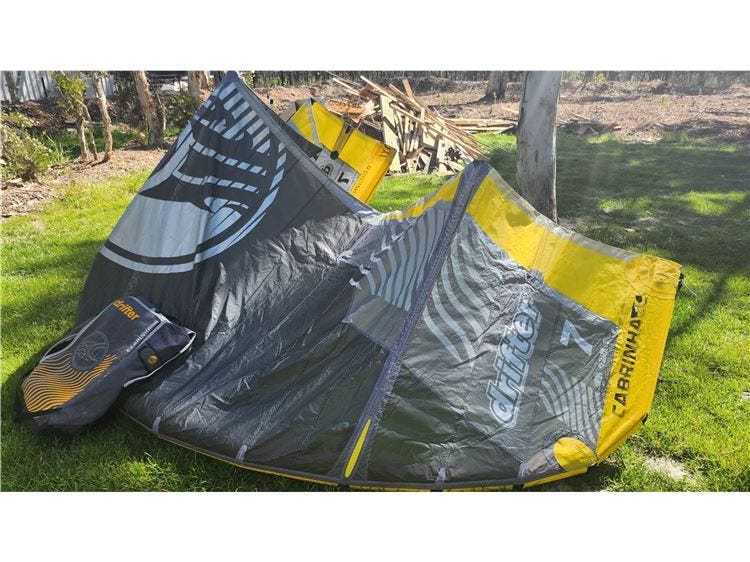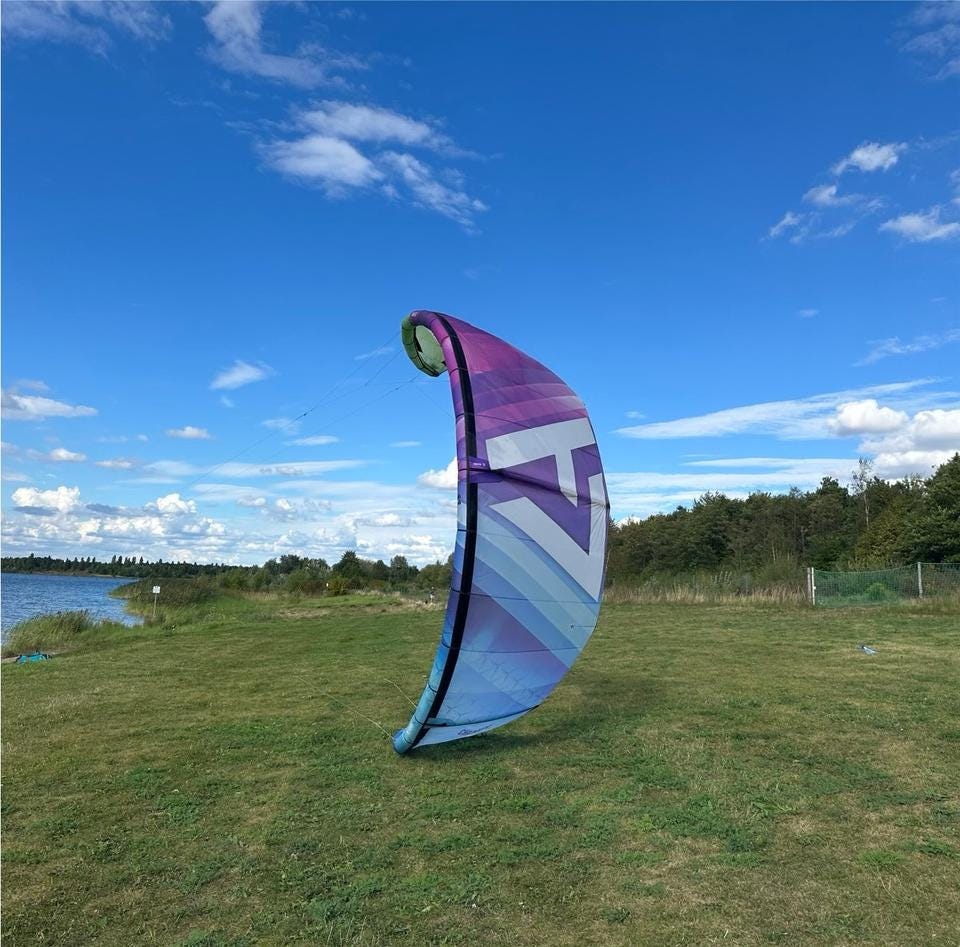The Problem with the Second-Hand Kite Market
Buying used kites is one of the best ways to get into the sport. Second-hand gear is much cheaper than brand-new equipment and often still in excellent condition. Especially previous year’s models are a great deal: you can get almost the latest gear for nearly half the price. But why do kites lose value so quickly these days? That’s what I’ll try to explain here.
Over the last few years, kiteboarding has grown rapidly, making the sport more accessible than ever. With this boom, more and more brands have entered the market—many of them offering high-quality kites, often even produced in the same factories despite carrying different brand names. Most brands still follow the tradition of releasing a new version of each model every year. Many kitesurfers are influenced by this marketing, enjoy riding the latest equipment, are curious about small improvements, or simply have the budget to always buy new gear. Occasional innovations—like new materials such as Aluula—add extra pressure to upgrade.
This cycle has massively expanded the second-hand market. Riders who buy the newest kites usually sell last year’s models on platforms like eBay. For newcomers, this sounds like a dream, since prices are largely dictated by buyers. In regions like Europe, the oversupply forces many sellers to accept steep discounts just to make a sale. On top of that, brands want to clear out all previous-season stock before releasing new models. If a kite hasn’t sold well, discounts of up to 60% on “new” kites (sometimes already two seasons old but never sold) are not uncommon. This drags second-hand prices down even further. If a new kite is offered at -60%, your used one may only sell at -70% or even -80%.
The result: the price gap is much harsher if you buy new and resell after one or two seasons compared to buying used and reselling later. Many kiters therefore stick exclusively to the second-hand market, limiting their losses to under €1,000—whereas buying new often means losing 50% or more in value when selling.
There are exceptions: premium kites such as Brainchild models or those using Aluula materials tend to retain value better because they’re in higher demand. For standard Dacron kites, however, depreciation is usually much steeper.
One interesting exception is Harlem. They produce high-quality kites in Europe with Brainchild technology and follow a unique pricing strategy: no sales, no discounts. As a result, Harlem kites are much more stable in the second-hand market. This works mainly due to strong demand, but in my opinion, it’s a healthier approach than the discount cycles most brands follow.
The good news for newcomers is that kiteboarding is becoming more affordable thanks to falling second-hand prices. But I also hope more riders rethink their buying habits: keeping kites for multiple seasons or offering them for fair prices saves money and reduces waste. It’s a more sustainable way to enjoy the sport—rather than chasing every new release and fueling a throwaway culture.
Feel free to share your thoughts on this and let me know if I’m just exaggerating the issue!




